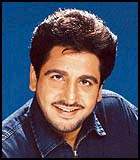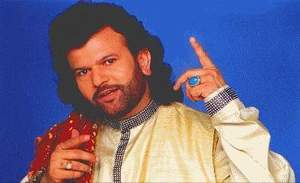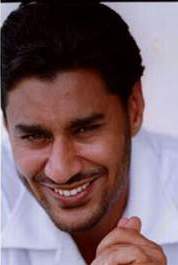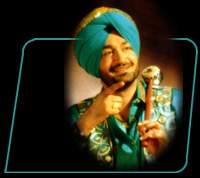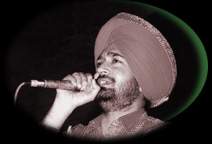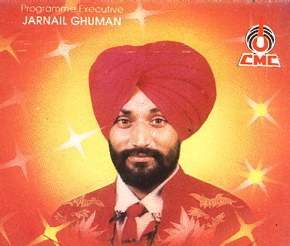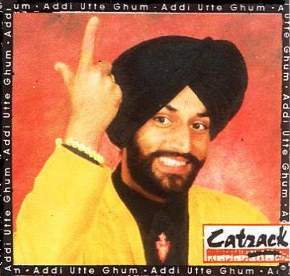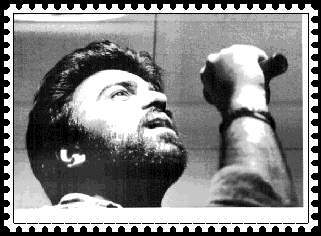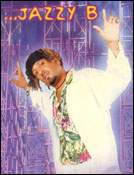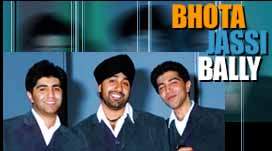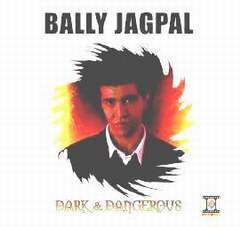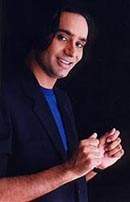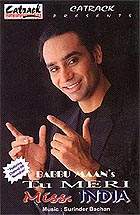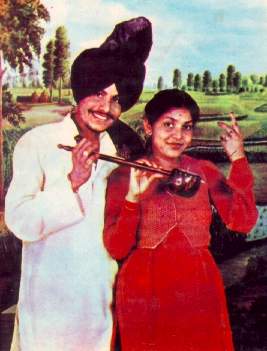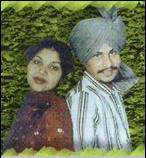|
album are by two virtual unknown stars: Amar Arshi from India and Shazia Manzoor from Pakistan. The recording was carried out in England as well as in Pakistan and India, making this album another cross border success. The album begins with "Aaja Sohneya" probably the best track recorded ever, this is an opinion shared by many people I have come across who have experienced the magical effect of this track. It has beautiful lyrics, a brilliant blend of beats, vocals by Shazia Manzoor which are just mind
blowing. "Kuri Kede Pind De" features Amar Arshi singing along to a sound which can only be described as being manic, it has funky fast and furious beats, which are reminiscent of the Prodigy’s "Firestarter". This track takes a bit of getting used to, you need to give it a few spins to really appreciate it and enjoy it. "Viah Karvake Ve" a classic Punjabi track by the late controversial Amar Singh Chamkila and Amarjyot has been brilliantly rendered by Amar and Shazia. Bally’s older brother Bhota provides some wicked dhol beats for this track and the production is first class. "Gunman" by Amar is on a more of a folkier up tempo vibe compared to the other tracks, the guns shot sound effects are tops as well Bally’s use of the flute, tumbi and all the other ingredients he’s used to produce this track. Amar appropriately sounds all moody and serious whilst singing "Dil-De-Jani", samples of the intro of Virasat’s "Tare Hain Baraati Hain" and "Boom Boom" from the film Diljale are used nicely. "Baas Ve" starts off with a voicemail message, in which a girl drops her man, the whole track has Amar singing from the girl’s point of view, Amar also sings a snippet of Chamkila's "Akhiyan Dee Marr Borei". Loads of phat dhol beats and slamming tumbi vibes are used throughout the track. There is something for every lover of Punjabi music on this album, you got some hardcore beats for the remix fans, loads of dhol for the all out bhangra lovers, brilliant Punjabi lyrics, top vocals from Shazia Manzoor and Amar Arshi. Nevertheless this album is nothing short of a masterpiece; we have a pure genius in the Asian music industry. One can only wait and see what this wonder has in store for us in the future. It took him over two years to come out with this release; we may have to wait even longer to get an album, which suppresses this release in quality. He is currently working with his band on their third album, so you can expect an album from Jassi, Bally and Bhota before the end of 1999.
5/5 - 101% Dark & Dangerous.
|
